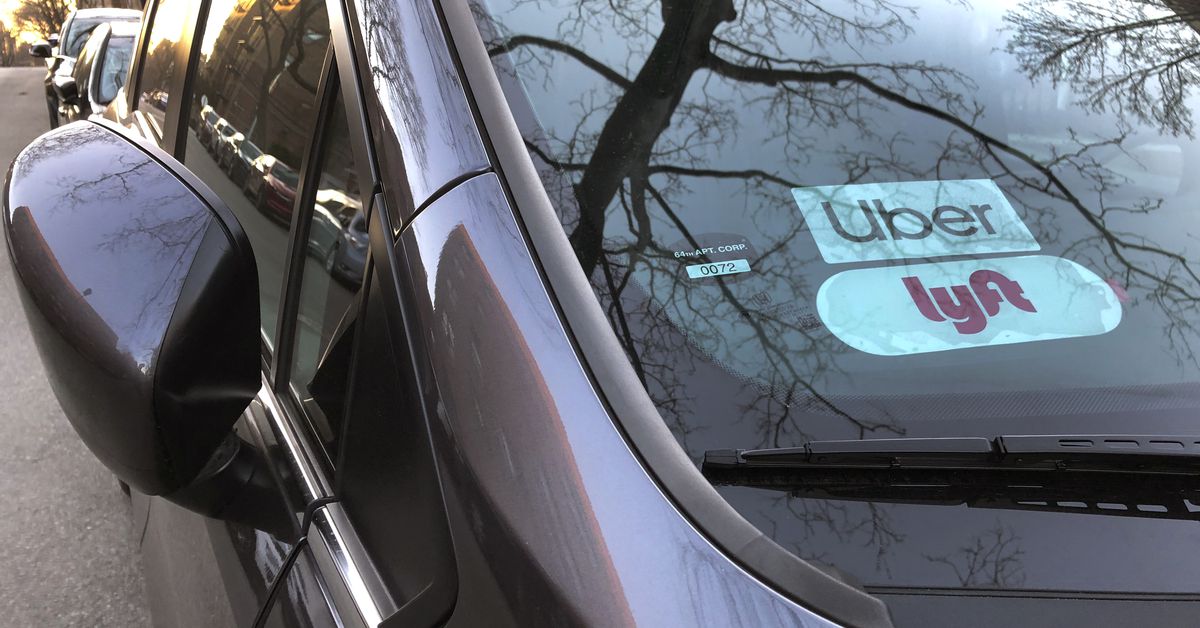
Warning: This story contains disturbing descriptions of sexual assault.
Lyft's first safety report revealed that 10 people died in physical altercations, and more than 4,000 were assaulted while riding with the company from 2017 to 2019. Lyft cars were also involved in 105 deaths during this period.
This report came nearly two years after Lyft had originally promised it would be published. This report is the first to be made public about Lyft's safety and how it compares with national US averages. Multiple lawsuits are currently being filed against the company by victims of sexual assault or rape.
The numbers paint a grim picture of the ride-hailing business
Although the statistics paint a grim picture of ride-hailing, Lyft claims that serious accidents are statistically rare in its vehicles. According to Jennifer Brandenburger (Head of Policy Development and Research), the report details 0.0002 percent of rider-related incidents. However, well over 99 percent of all rides are not subject to any safety reports.
Lyft passengers were subject to sexual assaults at an increase of 1,096 incidents in 2017 to 1,807 in 2019. However, the company stated that bookings rose at a faster rate during this time which resulted in a 19% drop in overall incidents.
Brandenburger stated that while safety incidents are rare on our platform, it is not impossible to have one. Every report is the result of a real person sharing their experience. Our goal is to make every Lyft ride as safe and enjoyable as possible.
Uber and other ride-hailing companies have struggled for years to keep drivers and riders safe. Uber's safety reports revealed that Uber had reported 3,045 sexual assaults on Uber rides in 2018, and another 3,000 in 2019. Nine people were killed in Uber rides and 58 died in car accidents. Uber stated that Uber drivers were almost as likely to be assaulted as riders.
Ride-hailing companies have struggled for years to keep drivers and riders safe from each other.
Lyft's spin on this report, as grim as they may seem, is very similar to Ubers approach to its data. Lyft, which offers fewer rides than Uber, didn't disclose the total number of rides it had, but the incident rate was the exact same as Ubers at 0.0002 per cent.
Lyft was criticized by driver groups for not paying enough attention to safety, particularly in relation to drivers. According to the report, 10 drivers died in fatal assaults. Lyft calls these fatalities anomalies, according to Gig Workers Rising in a statement. Ten people are actually dead. Lyft leaves no support for their families.
Lyft was sued by 19 women in 2019 for failing to prevent sexual assaults perpetrated on drivers and not investigating the claims. Lyft was sued by 19 women in September 2017 by a California woman who claims she was raped in 2017 by a Lyft driver. 14 other women also sued Lyft in September for failing to protect riders and its handling of sexual assault complaints.
Both Uber and Lyft conduct background checks. They both state that passenger safety is their highest priority. This issue has been addressed largely through technological updates such as in-app panic buttons that allow riders to instantly dial 911 or to report unsafe drivers.
The companies announced a joint effort earlier this year to share information on drivers who had been deactivated due to serious offenses like murder, sexual assault, and physical abuse. Drivers are independent contractors and not employees. This means they can drive for both companies.
